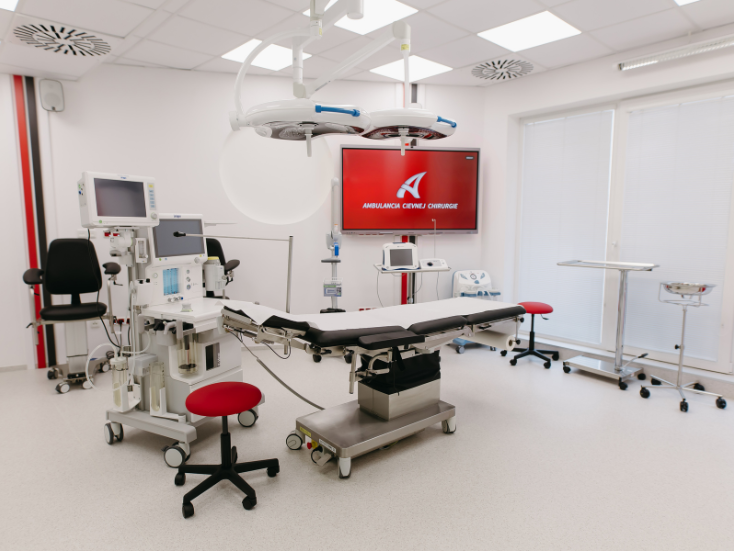
- This is a surgical procedure in which the affected veins are removed from the body. It is mainly performed on veins that are visibly bulging or causing health problems.
- In a phlebectomy, veins are removed using tiny incisions on the skin. The advantage of this method is that the incision sites are very small, the procedure is less invasive, quick and leaves almost no scarring.
- It is a modern method of treatment that brings patients not only aesthetic improvement, but also relief from the physical problems associated with varicose veins.
- Phlebectomy is often performed under local anesthesia, the reason being patient comfort and the safety of the procedure. Local anesthesia means that only the area where the surgery is being performed is numbed.
The of the procedure
The procedure begins with the application of local anaesthesia.
Then the vascular surgeon makes small incisions near the affected veins. These incisions are often so small that no stitches are needed to close them.
Using a special instrument (phlebectomy extractor), the doctor removes the damaged veins. The whole process is relatively quick and usually takes a few tens of minutes to an hour, depending on the extent of the involvement.
During the procedure, the patient feels comfortable and can communicate calmly with the doctor.
Once all the damaged veins have been removed, a sterile dressing or compression stocking is applied to the incisions to help speed healing and minimize swelling.
Before the intervention
Prior to the procedure, the patient undergoes a preliminary examination with our vascular surgeon, who assesses the condition of the veins, the reasons for the procedure and the expected results.
The physician will also gather information about the patient’s medical condition, including allergies, medications taken, previous illnesses or surgeries, and possible risk factors.
The patient will be given instructions about eating and drinking before the procedure. It is usually not necessary to be fasting during surgery under local anesthesia, but the exact instructions depend on the surgeon’s specific recommendations.
After the procedure
- Patients are advised to wear compression stockings for several days after the procedure to promote circulation and minimize the risk of clot formation.
- During the first few days, there may be mild pain, swelling or bruising at the incision sites, which is completely normal and will gradually subside. However, should any unusual symptoms occur, such as excessive pain, redness or fever, it is important to contact your doctor immediately.
- After the procedure, we recommend avoiding prolonged standing or sitting and you should be active, such as going for short walks, to promote healthy blood circulation.
Make an appointment today!
Book your appointment









